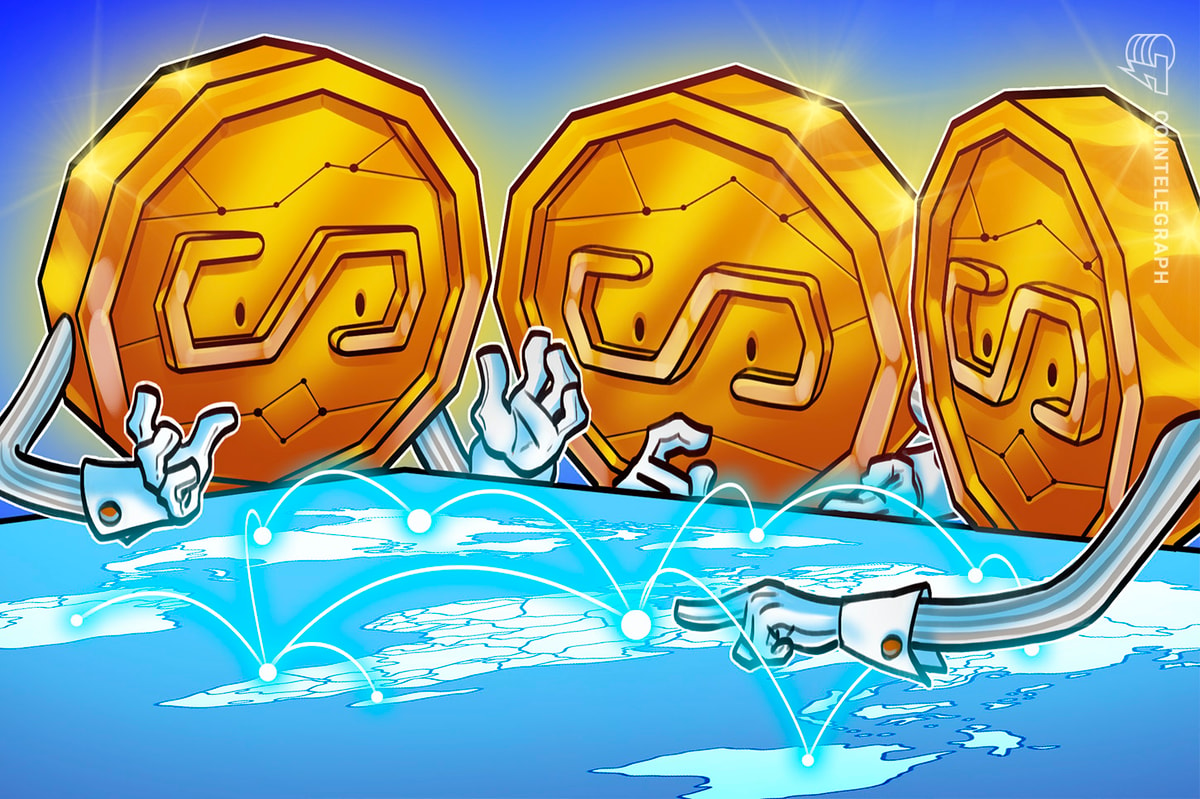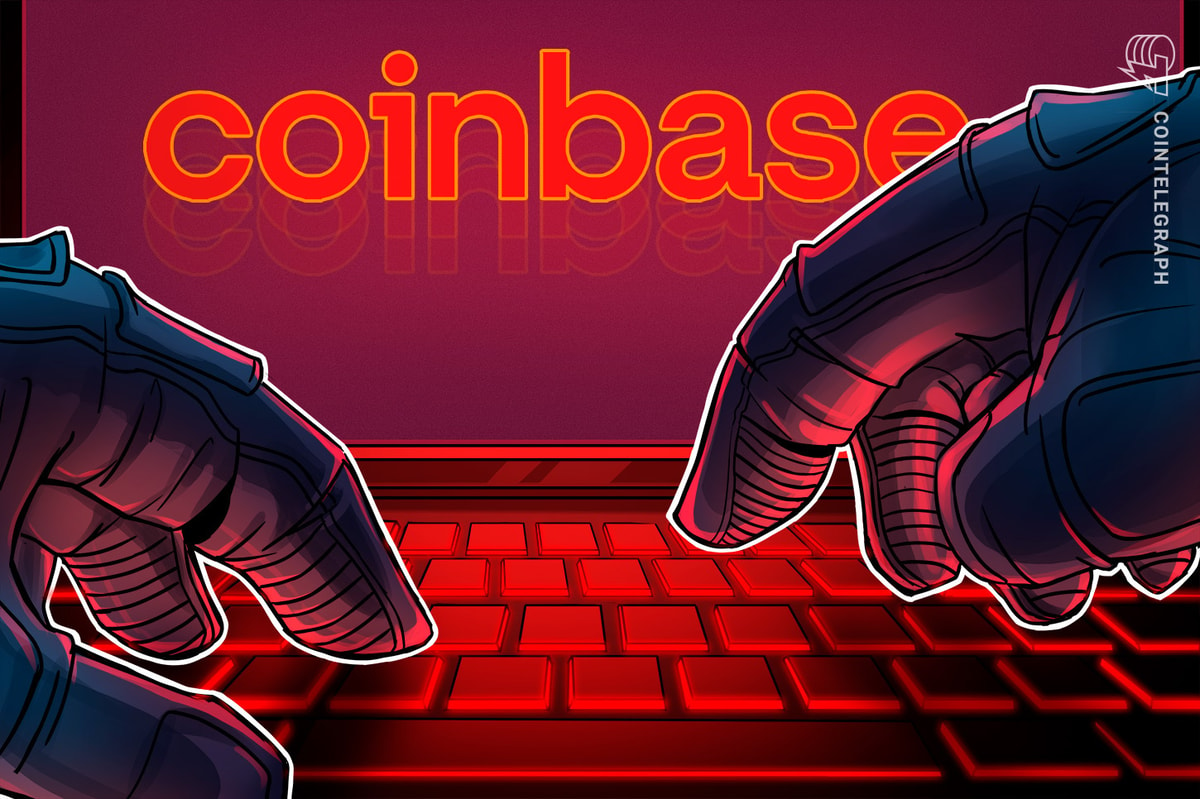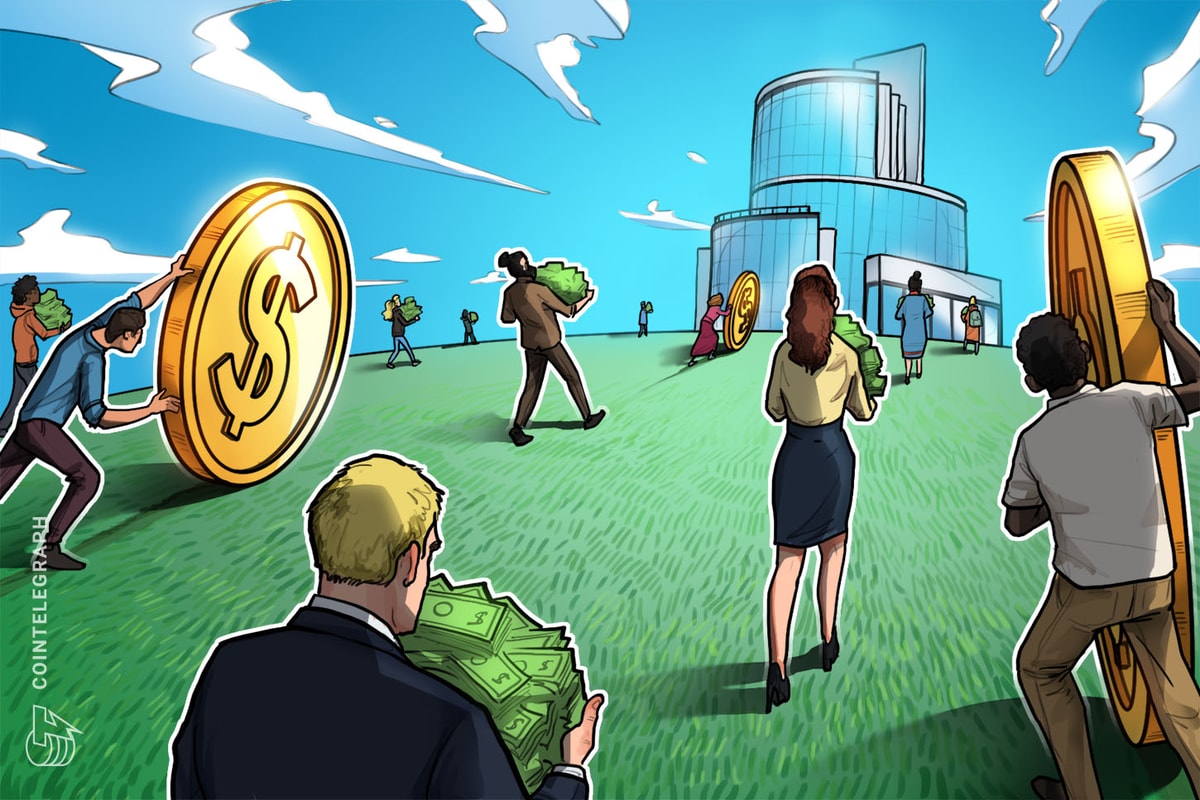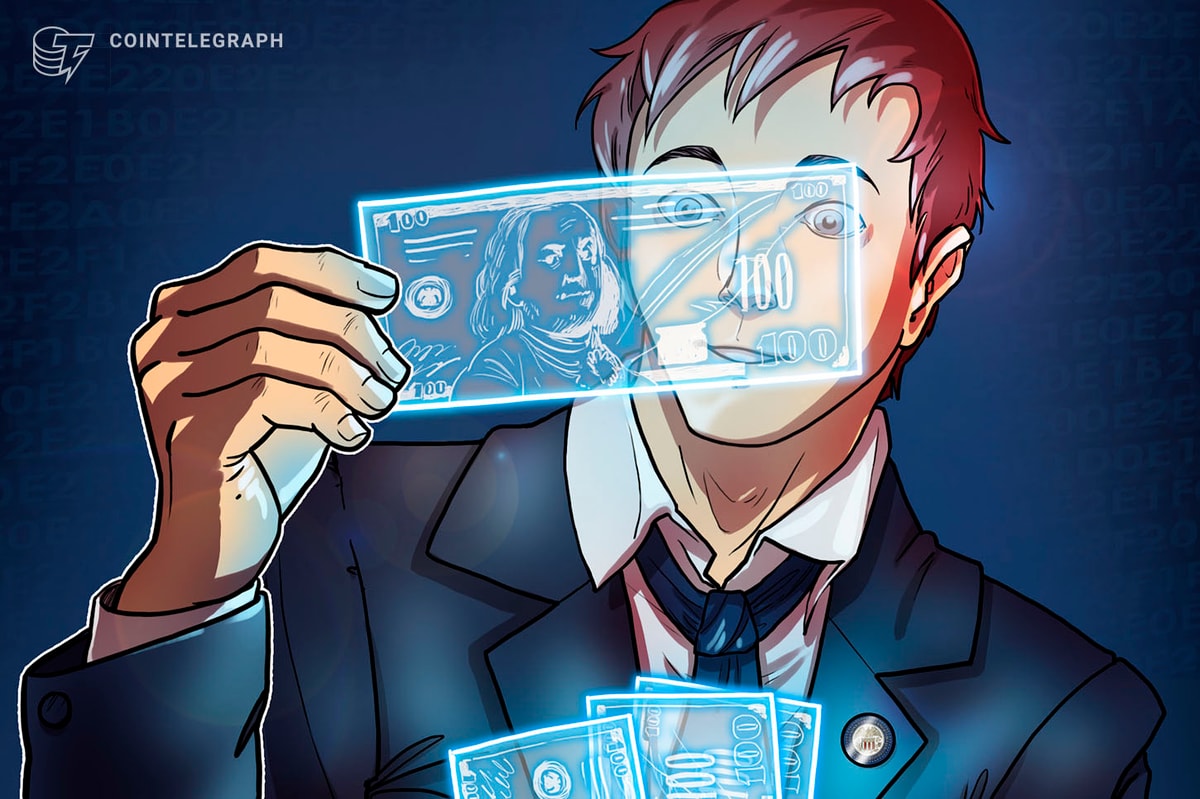Decentralized finance has become the center of attention throughout most of 2020, sparking talk of a renewed alt season, with many believing that mass adoption of DeFi will be coming within the next three to 10 years. Nevertheless, other sectors in the space have also been gaining traction.
Nonfungible tokens are a perfect example of this. An NFT is a tokenized version of an asset, digital or otherwise. They are similar to stablecoins, for example, but are used to represent nonfungible assets like artwork, real estate or collectibles instead of a fiat currency. Popular applications for these tokens include virtual games such as CryptoKitties and Decentraland.
These types of tokens and associated projects have been on the rise this year, especially recently. In the first week of September, NFT sales came close to $1 million, according to NFT data resource NonFungible.com. In the last seven days, however, almost $2 million worth of NFTs have exchanged hands.
Following DeFi’s footsteps, projects in the NFT world have also begun issuing governance tokens, a trend that may help the industry gain traction as it did for DeFi in the liquidity space. Ilya Abugov, project manager at DappRadar, told Cointelegraph:
“There is more hype around NFTs right now. To some extent it’s an extension of the DeFi excitement. We have seen with DeFi that once a trend starts it creates a snowball effect. Compound started the governance token one and others were almost forced to follow. Now that Rarible has started this on the NFT marketplace side, other marketplaces may feel forced to distribute their own tokens as well.”
How do NFTs work?
As activity soars and projects blossom, with record-breaking sales like the recent Bitcoin-code-inspired artwork that sold for over $130,000, even celebrities have been engaging with nonfungible tokens. Paris Hilton, for example, sold a drawing of a cat for 40 Ether (ETH) in August. The amount was worth almost $17,000 at the time. So, what exactly are NFTs? And why are they gaining so much traction?
As previously mentioned, nonfungible tokens represent nonfungible assets. On the surface, NFTs work like any other token. However, unlike most tokens, NFTs are indivisible, meaning that it is not possible to send a fraction of an NFT token like it is to send a fraction of a Bitcoin (BTC). They also have certain characteristics that set them apart from both other types of tokens and among themselves.
NFTs can be used to represent a variety of assets, such as virtual collectibles, in-game items, digital artwork, event tickets, real estate and much more. This opens a wide range of possibilities for digital and real-life assets, such as easy transfer and proof of ownership, among other things, and can also help solve many of the old problems found in multiple industries. Abugov said:
“Art and collectibles are the easiest use cases for retail users to understand, and so it may be where the hype concentrates for some time. If we see an exciting game and more artists onboard into the ecosystem the trend may get more mainstream traction. However, there are more use cases that get unlocked with NFTs from asset tokenization to documentation.”
Putting the art back in smart
So far, the art world represents one of the most popular applications for NFTs. Digital art auctions that leverage NFT technology are becoming more common. The first big record for the highest-valued NFT art auction sale was set in July, when “Picasso’s Bull” was purchased for over $55,000. After that, a digital artwork based on Bitcoin’s volatility, “Right Place & Right Time,” was sold for over $100,000 via Async Art. This record was subsequently broken on Oct. 7 when one painting from a Bitcoin-code-inspired collection titled “Portraits of a Mind" sold for over $130,000 via major auction house Christie’s.
NFTs can also help artists like musicians and filmmakers register their work, protecting it against copyright infringement. These projects can even improve and streamline artists’ revenue by connecting them directly to consumers through blockchain-based payment and exchange solutions. Vasja Veber, co-founder and chief business development officer of Viberate — a company leveraging blockchain technology to help artists with copyright issues, among other things — told Cointelegraph that “NFTs could bring some order into this chaos,” adding:
“Right now, the most obvious use case is track copyright. Tracks bring a couple of revenue streams to the artist: copyrights, performance rights, neighboring rights, proceeds from synchronization, streams and sales, etc. For bigger artists there are usually a lot of intermediaries involved, each taking their portion of the pie. [...] It is a complex process, with a lot of money being stuck somewhere in the system, not ever getting to the rightful owners.”
A gaming level up
NFTs have also become popular within the gaming industry, allowing for in-game items to be tokenized and easily transferred or exchanged. For example, NFTs can be used to transfer or exchange in-game items for currency, without the need to trust the buyer/seller or a third party. This type of system can be integrated with existing games or can be used to create entirely new games.
NFTs not only improve the game experience itself, making it more tangible and rewarding, but also create a new economy within games, allowing the players to earn actual money from their time spent in-game and the game developers to create new incentive systems for their games.
While there are several popular blockchain-based games, many projects also leverage NFTs to provide infrastructure services for gamers, game developers and other participants of the industry. This includes Enjin, which has recently partnered with Coincheck to bring NFTs to certain Minecraft servers. Simon Kertonegoro, vice president of marketing at Enjin, told Cointelegraph:
“We’ve only just started to see the effect that blockchain markets can have within games, and we expect NFTs to unlock many more opportunities for value creation for game developers, publishers, and players alike. Putting assets on the blockchain, allowing players to trade them, and being able to prove their scarcity is a proven, effective way to build valuable economies at scale.”
Bringing collectibles to the virtual world
Collectibles are currently the most popular application of NFTs in terms of sales volume, with nearly 40% of September’s sales coming from collectible-related projects. In 2017, CryptoKitties, a game where users collect and breed digital cats, became one of the most talked-about topics in the crypto industry, and it is still one of the largest NFT-collectible projects by sales volume.
It doesn’t end there, as NFT technology is being leveraged to create tokenized versions of athletes and celebrities, virtual land, and much more. In the first week of October, the fantasy soccer game Sorare saw over $220,000 in sales. The decentralized application allows players to collect “limited edition digital collectibles” while also managing a team.
NFTs are becoming quite popular in sports — and not just in online games. In February, members of both the NFL and the NBA were speakers at the Cointelegraph-hosted event NFT NYC. Both leagues showed their interest in working with NFT technology and exploring the benefits that can come with it.
NFTs can also be used to tokenize real-world collectibles like cards, coins and stamps in order to provide immutable proof of ownership that can be safely stored, easily transferred and is impossible to replicate.
The road ahead for the sector
Although the examples above are the most popular applications for NFTs so far, the possibilities are almost endless. NFTs can be used as tokenized domain names and can even help fight fake news, according to Italian blockchain firm LKS.
Related: Blockchain to Disrupt Music Industry and Make It Change Tune
Record-breaking sales are also likely to help push NFT technology forward, especially as venture capital companies such as Morgan Creek get involved. New governance tokens may also help spark exponential interest in this sector of crypto as they did for DeFi.
However, the road may not be fully clear for NFT projects, which may face regulatory hurdles in the future and still have many challenges to overcome before being ready to welcome a mainstream audience, as Abugov explained:
“Although there is a bit more engagement, there is not much ready for mainstream use in terms of UX/UI. Moreover, NFTs inherit all of the typical difficulties of a blockchain-utilizing project and some of the traditional industry challenges may cross over as well. For example, art and collectibles are not very liquid. Crypto art may face a similar challenge once the yield farming hype subsides.”











